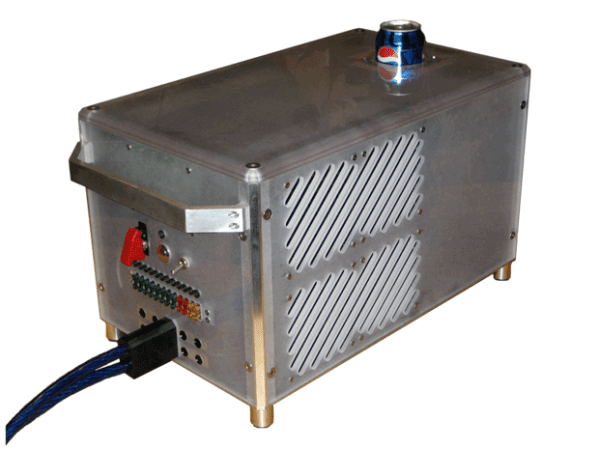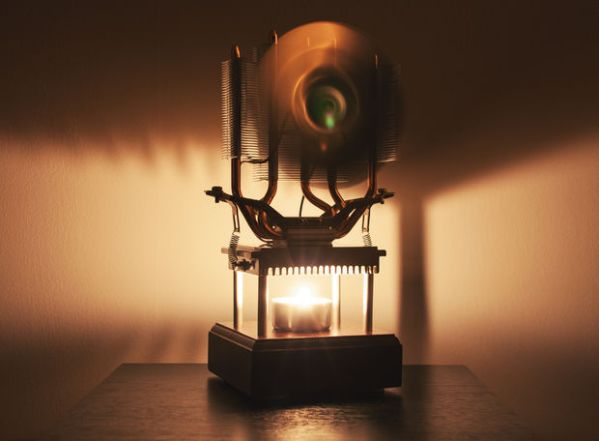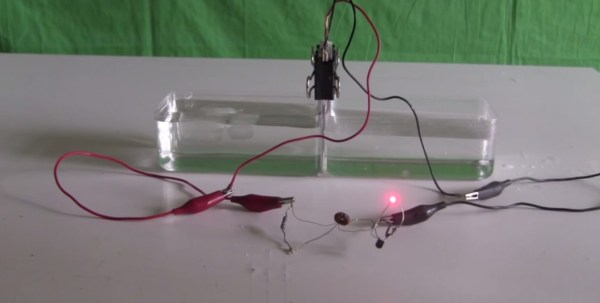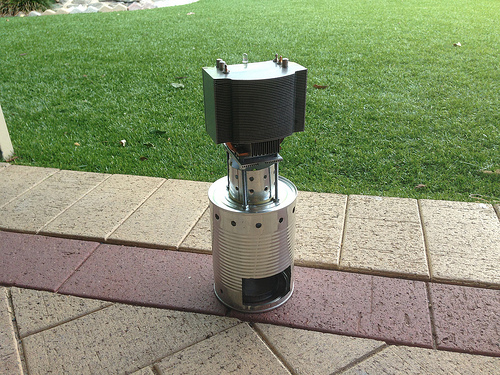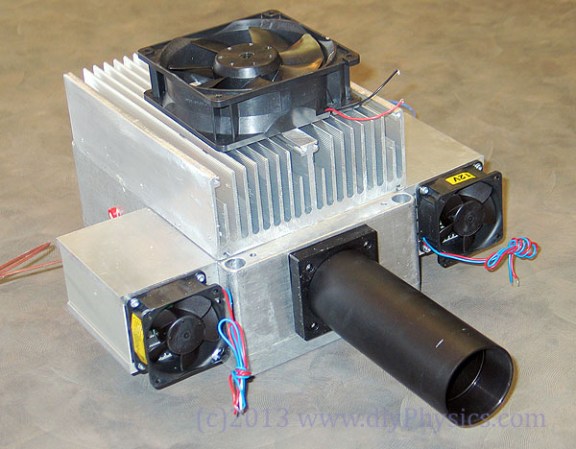We will all be used to the thermoelectric effect in our electronic devices. The property of a junction of dissimilar conductors to either generate electricity from a difference in temperature (the Seebeck effect), or heating or cooling the junction (the Peltier effect). Every time we use a thermocouple or one of those mini beer fridges, we’re taking advantage of it.
Practical commercial thermoelectric arrays take the form of a grid of semiconductor junctions wired in series, with a cold side and a hot side. For a Peltier array the cold side drops in temperature and the hot side rises in response to applied electric current, while for a Seebeck array a current is generated in response to temperature difference between the two sides. They have several disadvantages though; they are not cheap, they are of a limited size, they can only be attached to flat surfaces, and they are only as good as their thermal bond can be made.
Researchers in Korea have produced an interesting development in this field that may offer significant improvements over the modules, they have published a paper describing a thermoelectric compound which can be painted on to a surface. The paint contains particles of bismuth telluride (Bi2Te3), and an energy density of up to 4mW per square centimetre is claimed.
Continue reading “Thermoelectric Paint Opens Prospect Of Easier Energy Harvesting”


